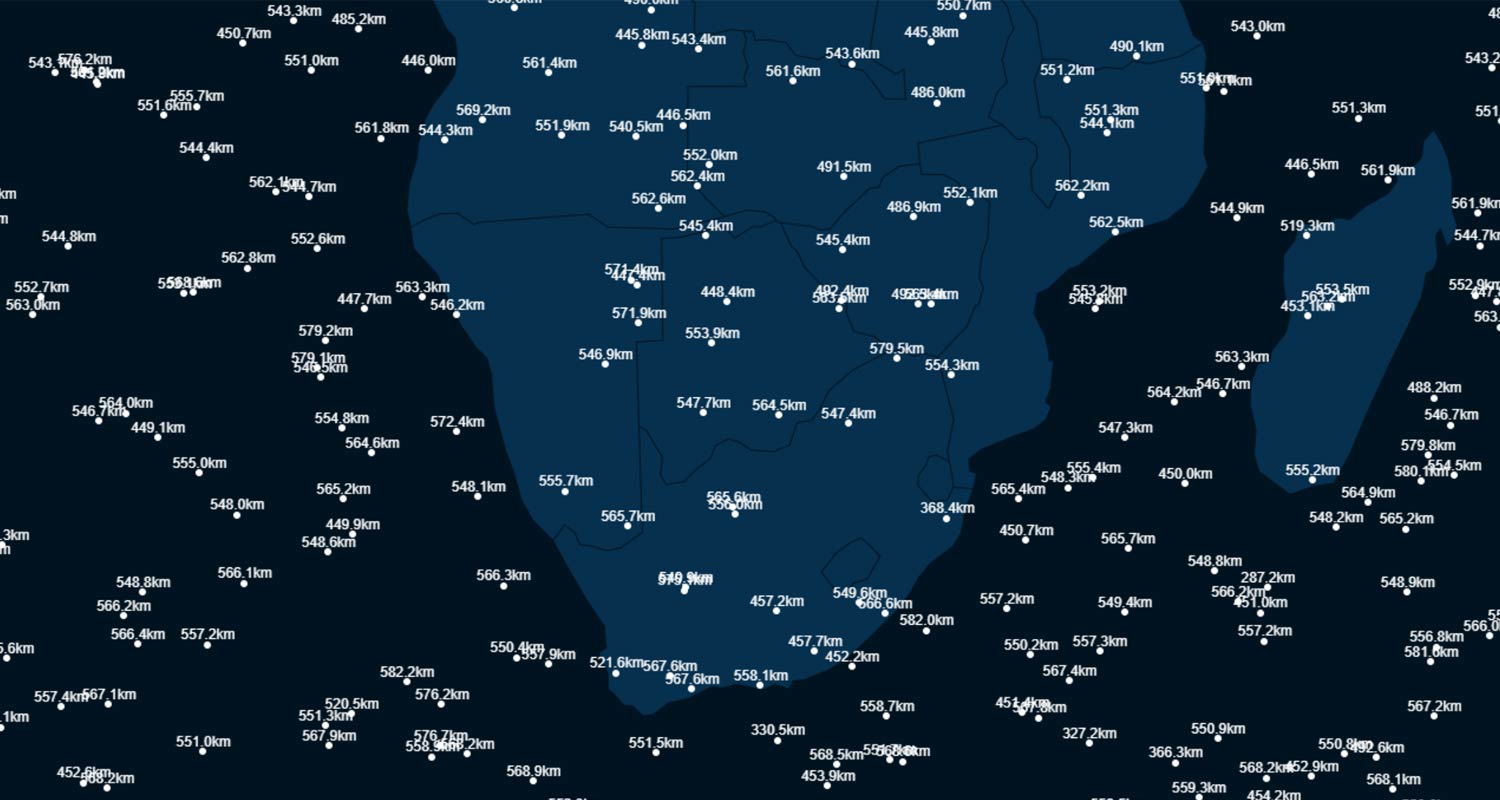
Starlink, the SpaceX subsidiary using low-Earth orbit satellites to provide low-latency mobile broadband internet around the world, has launched 6 664 satellites into space since the first batch of 60 took to the skies atop a Falcon 9 rocket in May 2019.
This is according to the Starlink satellite tracker on the Satellite Map, which also gives a visual representation of all the Starlink satellites in orbit using an interactive globe that users can rotate and zoom in and out of. Clicking on a particular satellite shows its orbital path and gives a summary of key data points about the object, including its name, launch date, altitude and speed.
Users can also use the legend on the website to see a graph outlining the growth of Starlink’s constellation over time. From the graph (at the time of writing), only 4 810 of the Starlink satellites launched by SpaceX are still in service. More than 1 380 are inactive – these are satellites that are still in orbit but not functional. Nearly 450 are categorised as “burned”, meaning they – at some point – entered the Earth’s atmosphere and were incinerated.
Low-Earth orbit satellites can fail for a number of reasons, with orbital decay being the most common. Orbital decay occurs when a satellite experiences drag in the upper atmosphere. Over time, the satellite’s orbit decays until it re-enters the atmosphere and burns up.
Collisions are another problem. Satellites can, in theory, collide with one another, but this rarely happens because their orbits are coordinated. Collisions with space debris, on the other hand, pose an unpredictable threat to active constellations.
Satellites can also fail due to mechanical issues, loss of power or software glitches. Mechanical problems account for the bulk of inactive satellites that are still in orbit.
OneWeb, GPS
The Satellite Map website also tracks the Eutelsat OneWeb constellation. The website does not have a graph showing constellation growth over time for OneWeb, but the visualiser tool gives information for specific satellites when they are clicked on – in the same way it does for Starlink.
Users interested in visualising the constellation of GPS satellites, which are in medium-Earth orbit some 20 000km above the planet’s surface, can also do so. – © 2024 NewsCentral Media




